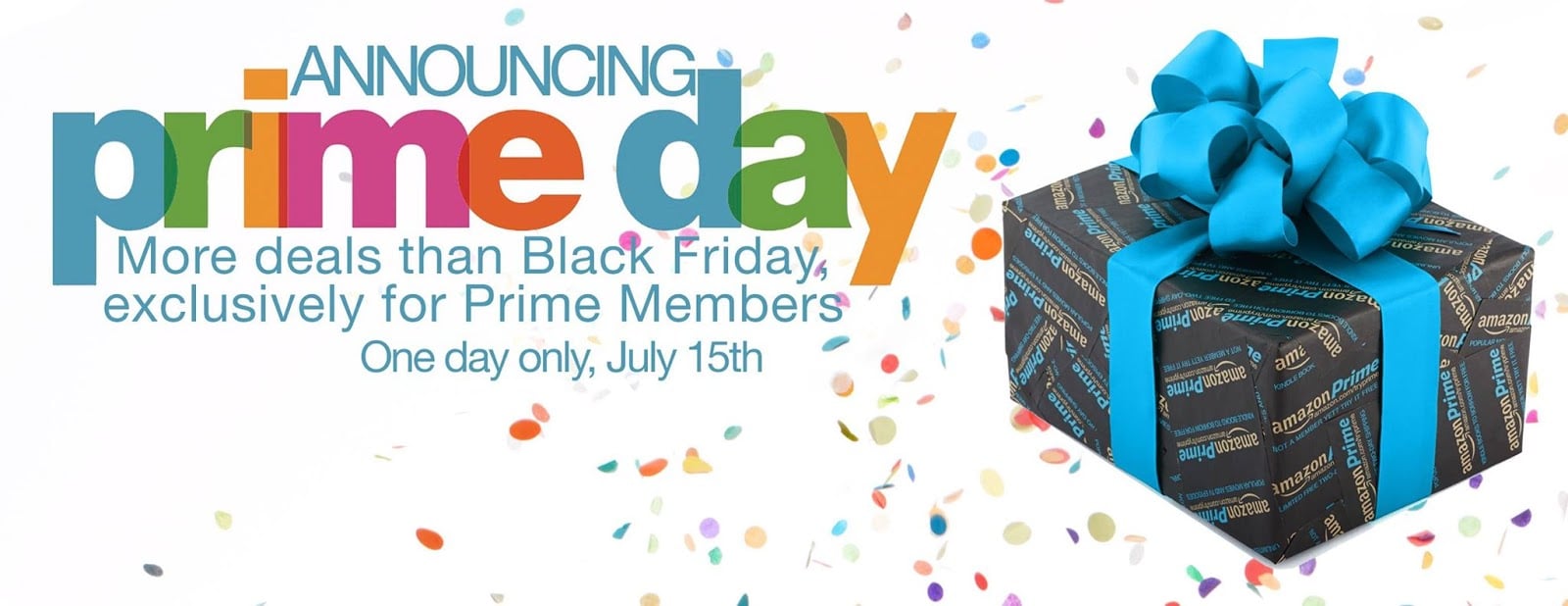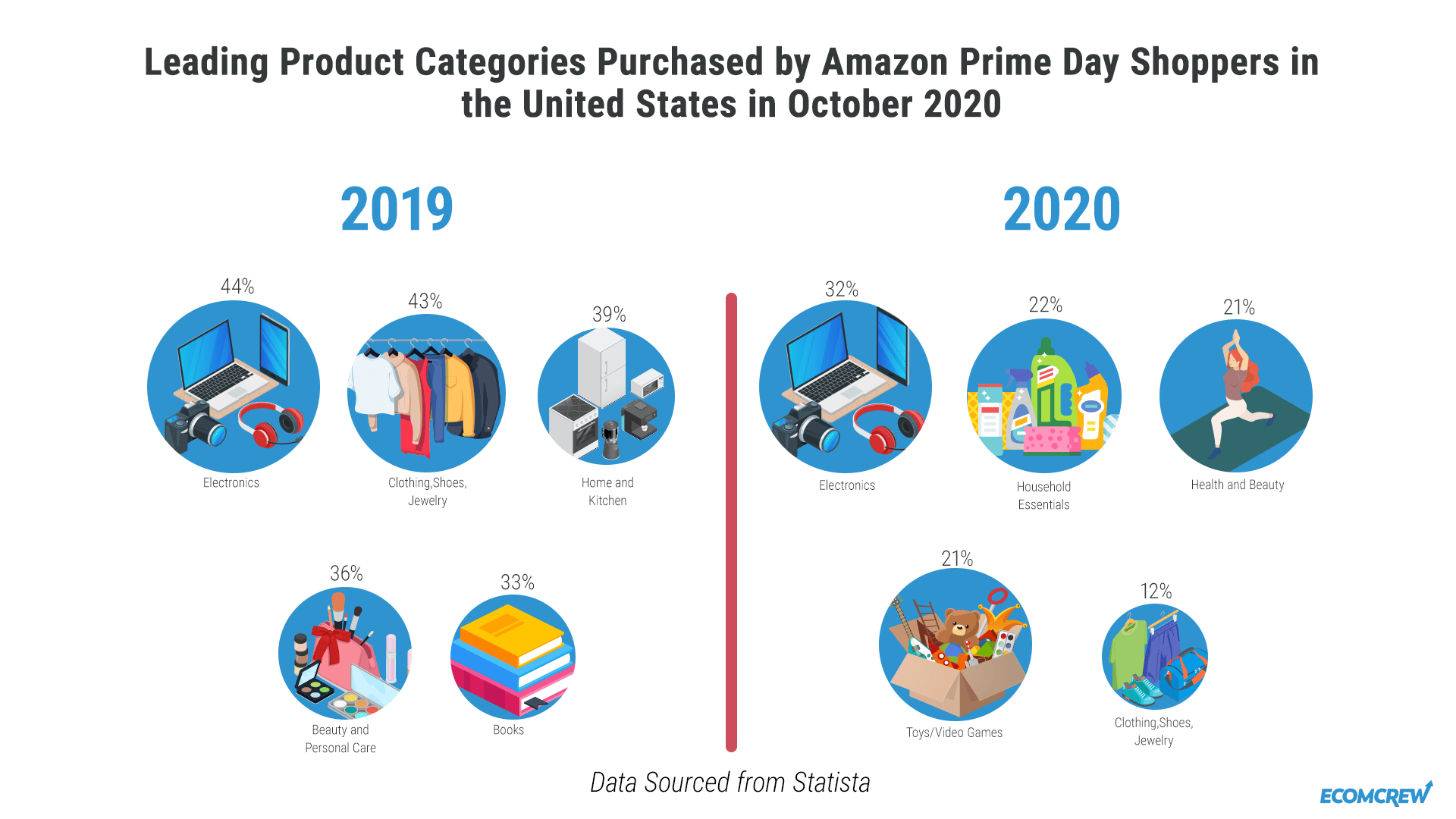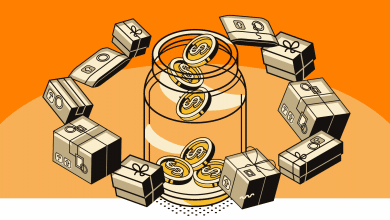Amazon Prime Day: History and Statistics
It started as a celebration. Now, it’s one of the biggest online sales events of the year.
Prime Day helped solidify Amazon’s reputation as the top ecommerce company in the world. Let’s get to know how it all started and how it’s going and find out if Prime Day is really worth it for ecommerce sellers.
Related Podcast: E164: Amazon Prime Day Recap
What Is Prime Day and How Did It Start?
Prime Day is an annual online sales event on Amazon that gives huge discounts to its Prime members. It’s a way to get more people to subscribe to Prime and to rival Alibaba’s Singles’ Day, Black Friday, and Cyber Monday.
Amazon Prime Day started on July 15, 2015 as a way to celebrate the 20th anniversary of Amazon.com going live.

The first Prime Day was participated in by only nine countries. As of 2024, over 25 countries now take part in Prime Day.
When Is Prime Day and How Long Does It Last?
From 2015 to 2019, Prime Day was consistently held in July. But the pandemic disrupted that pattern. Since 2021, Amazon has returned to summer Prime Days, often adding secondary events in October.
In 2025, Amazon announced prime day would move to a four-day event.
| Year | Prime Day Start Date | Prime Day Duration |
|---|---|---|
| 2015 | July 15 | 24 hours |
| 2016 | July 12 | 24 hours |
| 2017 | July 11 | 30 hours |
| 2018 | July 16 | 36 hours |
| 2019 | July 15 | 48 hours |
| 2020 | October 13 | 48 hours |
| 2021 | June 21 | 48 hours |
| 2022 | July 12 | 48 hours |
| 2023 | July 11 | 48 hours |
| 2024 | July 16 | 48 hours |
Prime Day Sales (2015 to 2024)
Amazon Prime Day sales have continued to rise, with Amazon reporting over $12.9 billion in global sales during Prime Day 2023, up from $11.9 billion in 2022.
In 2024, early reports estimate that Prime Day sales exceeded $13.7 billion globally, once again making it Amazon's biggest sales event ever.
Amazon’s third-party sellers also continue to thrive. In 2023, they represented more than half of all units sold during Prime Day.
How Many Prime Members Are There?
As of 2024, Amazon has over 200 million Prime members globally, with around 170 million in the United States alone. Despite some churn due to price increases (monthly membership now costs $14.99 and annual $139), membership continues to grow due to expanded services and exclusive deals.
How Sellers Should Prepare for Prime Day
Even if you’re not planning to give discounts on Prime Day, there’s still a high possibility that you’ll experience a sales boost. To take advantage of the situation, you can do the following:
- Prepare your inventory in advance.
- Make sure to consider lead time to avoid stockouts. Prime Day normally happens mid-year, so let your manufacturer know in advance to expect a huge order.
- Be mindful of your numbers.
- As mentioned earlier, you can still reap the benefits of the increased traffic on Amazon even if you don’t offer discounts. Many sellers just leave their price as it is, while others offer really good deals. Just make sure you’re not selling at a loss. But if you are, make sure it’s worth it.
- Be aware of deadlines for deals.
- If you’re planning to offer deals and/or coupons, take note of the deadline. Lightning Deals, for example, have a specific deadline for submission. Also, it would take at least six hours for coupons to go live after creation.
- Optimize your Amazon listing
- Prime Day is one of the best times to make a good impression. So make sure you’re optimizing your listing copy and images.
Most Popular Prime Day Products and Categories
While third-party sellers can benefit from the increased traffic on Prime Day, Amazon often owns the best selling products on Prime Day for items such as Alexa and Kindle.
The infographic below shows the leading categories for Prime Day 2019 and 2020 in the United States. In both years, electronics was the leading category.
The Rise of Anti-Prime Day Events
With COVID-19 forcing more and more transactions to occur online, many brick-and-mortar stores are stepping up their online sales events.
The most notable ones in 2021 are summarized below:
| Other Retailer Sales Events | ||||||
|---|---|---|---|---|---|---|
| Amazon | Target | Walmart | Best Buy | Kohl's | Newegg | |
| Name of Event | Prime Day | Target Deal Days | Deals for Days | The Bigger Deal | Wow Deals | Fantastic Tech |
| Dates | June or July | June or July | June or July | June or July | June or July | June or July |
Other companies are also offering their own subscriptions to rival the Prime membership. Best Buy recently launched Best Buy Beta, and it’s currently available only in selected states. Walmart+ is also fairly new, launched only in 2020.
| Prime Membership | Walmart+ Membership | Best Buy Beta | |
|---|---|---|---|
| Free trial period | 30 days | 15 days | – |
| Monthly membership | $12.99 | $12.95 | – |
| Annual membership | $199 | $98 | $199 or $179.99 (for Best Buy credit card holders) |
| Student discount | Yes | No | No |
| Year launched | 2005 | 2020 | 2021 |
Conclusion
Prime Day set the bar for many online sales events. While there are more companies trying to rival Amazon, the company shows no signs of slowing down in terms of sales and increasing its Prime members.
Did you offer Prime Day discounts before? How did it help your ecommerce business?




